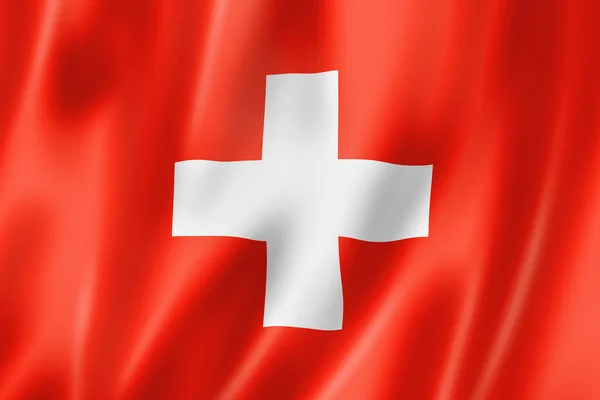
Pollution alert
You have the possibility here to denounce a pollution observed within the Lake Geneva catchment area and to find out about the probable causes of certain pollution
What to do if you notice pollution, three-step checklist
1. Contact the fire department if pollution is confirmed.
Be careful, however, not to see pollution everywhere. The phenomena presented in the FAQ are the result of natural dynamics in a body of water.
2. Report the pollution to ASL using the form below
3. Take photos and send them to the ASL to follow up
Frequently Asked Questions
At the end of spring, the spawning season for Perches comes to an end. It is common to observe high mortality during this period, mainly of young males. The phenomenon can increase when the population of Perche is large (as in 2022). These mortalities can be particularly important when the small males, by their great number, are weakened by the lack of food and when the temperature of the water is lower than 20°C. These two aspects represent ideal conditions for the development of the Perche rhabdovirus. In general, mortalities stop when the water warms up further and the Perches manage to replenish their reserves.
As part of tests to detect leaks in piping systems, fluorescent products, such as fluorescein, are used as tracers. This product, completely harmless to the environment, colors the water in fluorescent green. This can give the impression of an impressive pollution. In case of doubt, a simple telephone call to the fire brigade can make it possible to ensure that there is no danger to the environment.

Spring is synonymous with the release of pollen for anemogamous plants (which reproduce thanks to the wind). Birches, grasses or hazels are among these species and are well represented on the shores of Lake Geneva. The dispersal of pollen by the wind being quite random, part of the pollen ends up in Lake Geneva where it gathers in a sheet following the action of the waves and the current. Although quite impressive, this is a totally natural phenomenon that does not represent a danger to the environment!
 Photo : Hannah Chmiel, CIPEL
Photo : Hannah Chmiel, CIPEL
In summer, when the temperature of Lake Geneva increases, filamentous microalgae can develop strongly and thus form colonies visible to the naked eye. These clumps of algae can then collect on the surface. They are not cyanobacteria but just a natural phenomenon of all bodies of water. To distinguish algae from Cyanobacteria, one method is to run your hand through the water to collect what is on the surface. If what is left in your hand is filamentous, it is algae, while if there are only a few small pieces stuck to your fingers, it is Cyanobacteria. Be careful, this detection method is not infallible and it is important to wash your hands well with hot water and soap after the test. If you think it is Cyanobacteria, it is advisable to contact the fire department for analyzes on the species present. Indeed, some species, especially those of the genus Planktotrix, can be dangerous for humans when present in too large quantities. The summer of 2021, for example, saw a significant proliferation of a brown algae Uroglena sp. safe for humans but which gave the water of Lake Geneva a brownish color and a strong smell of rotten fish.
 Photo : Vanessa Cardoso
Photo : Vanessa Cardoso
The form below allows us to keep a watch and above all to verify that the pollution has been managed by the competent authorities in order to guarantee the quality of the waters of Lake Geneva.
Report pollution
On November 20, 1968 the RTS wondered about the problem linked to the prohibited swimming in Lake Geneva.




